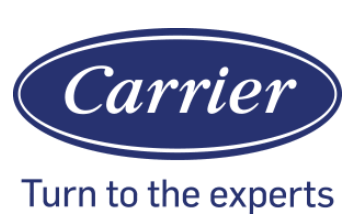Most people benefit from air conditioning either at home, at work, or both, virtually every day in the summer if they live in a warm climate. But probably most of us, however, have no idea about the process behind this technology that keeps us comfortable.
How do Air Conditioners Work?
The process is actually simple. Hot air flows over cold, low-pressure evaporator coils, allowing refrigerant inside to absorb heat as it changes from a liquid to a gas. The air conditioner, via a compressor, converts the refrigerant gas back to liquid again, which causes unwanted heat. That heat is then dispersed to the outdoors via the condenser coils and a second fan. The gas in the closed system converts back to a liquid, with the process starting all over again. In a central air system, refrigerant chills indoor air, with the resulting gas continually compressed and cooled back to liquid.
The major parts of a central air conditioning system are he evaporator that receives liquid refrigerant, the condenser that facilitates heat transfer, the expansion value to regulate refrigerant flow into the evaporator and the compressor that pressurizes refrigerant.
The cold side of the unit has the evaporator and fan that blows air over chilled coils and through the building. The hot side has the compressor, condenser and a second fan that vents hot air from the compressed refrigerant to the outside. The expansion valve sits between the two sets of coils and regulates the amount of liquid refrigerant that moves into the evaporator. When refrigerant enters the evaporator, it experiences a pressure drop that expands and turns back into a gas.
Variations of this application include window system air conditions that have the coil system on the outside of the unit and, chilled water, sometimes known as chillers and cooling tower air conditioning units used for larger commercial applications. Some of the these larger systems use chilled water that is piped through the building and connected to air handlers to achieve comfortable air, while others used cooling tower technology that creates a stream of cold water running through a heat exchanger to cool hot condenser coils.



